Updated Information
Categories
Popular

Unlock the Potential of Chiba Prefecture: A Unique Investment in Japan’s Booming Nature Tourism Industry
Others
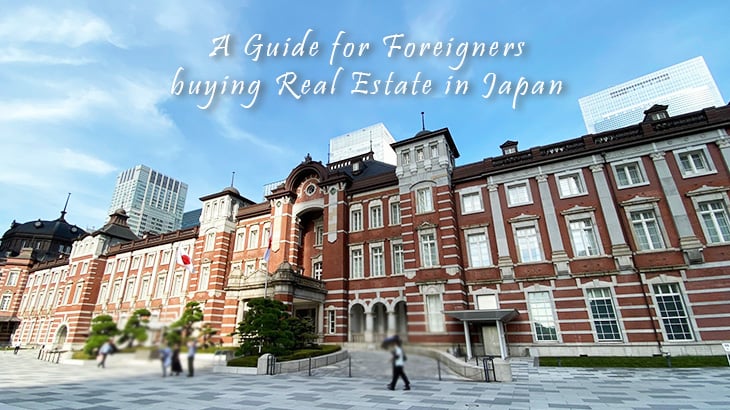
A guide for foreigners buying real estate in Japan.
Property Knowledge
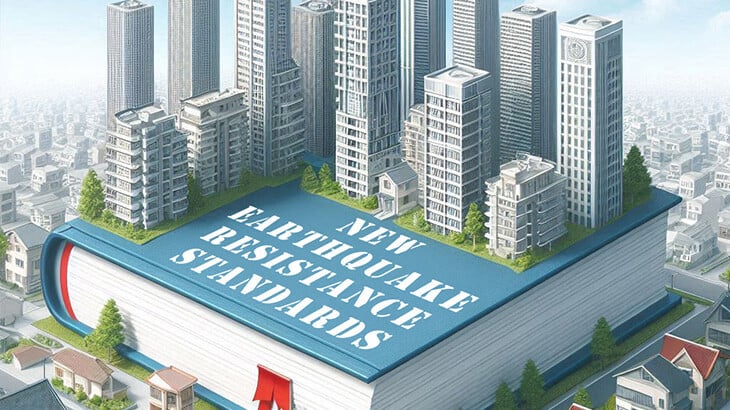
Essential Knowledge for Property Investment in Japan (Part 1): Understanding Japan’s Earthquake Resistance Standards
Property Knowledge

Captivating Kawazu Cherry Blossoms: Tokyo’s Hidden Cherry Blossom Spots
Exploring Tokyo
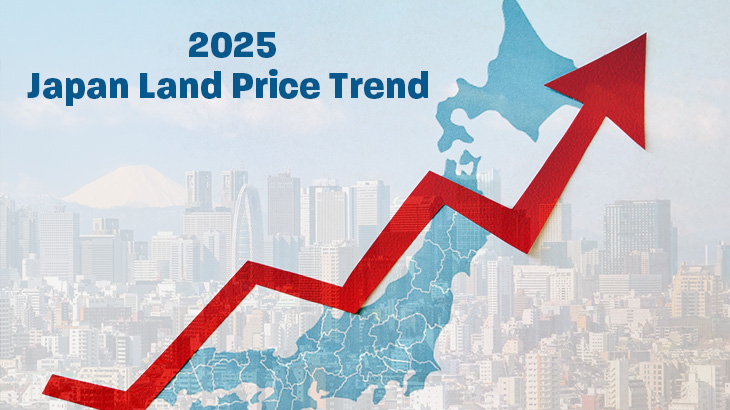
【Updated data in 2025】Japan’s Land Prices Continue to Surge, with Tokyo’s 23 Wards Leading the Growth
Market Information
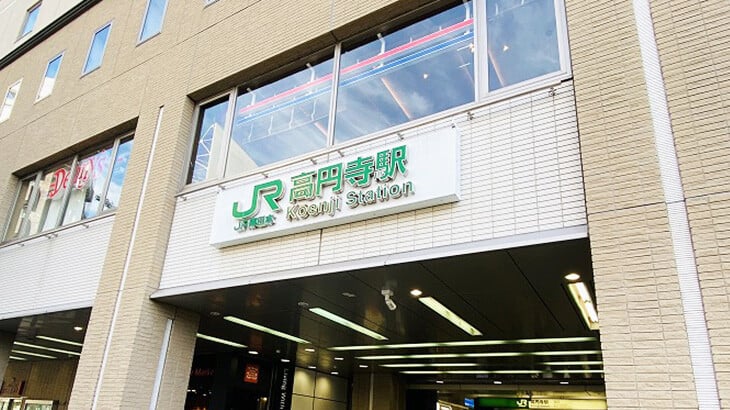
Exploring Koenji: A Harmonious Blend of City Convenience and Creative Culture
Exploring Tokyo
Essential Knowledge for Overseas Investors in Japanese Property Management
Real estate management is a specialized discipline involving multiple complex processes and different areas of knowledge. If you own or plan to invest in property in Japan, this article may give you a deeper understanding of Japanese property management companies and their services.
■ What is Property Management?

Property management involves overseeing rental operations and maintaining or enhancing the value of real estate. Property owners typically delegate the management of their properties to specialized property management companies. These companies manage not only apartments but also large facilities such as commercial buildings, hotels, hospitals, and schools.
Property management is mainly divided into two categories: “Building Management” (BM) and “Property Management” (PM). While both are related fields within the real estate industry, they entail different responsibilities and focus on different aspects of oversight. “Building Management,” abbreviated as BM, pertains to the management of physical structures, whereas “Property Management,” abbreviated as PM, pertains to the leasing management.
The terms Building Management (BM) and Property Management (PM) originally come from the United States. In countries outside Japan, BM and PM are usually handled by different companies, meaning property owners might need to appoint two separate companies to manage “building management” and “rental management” respectively. However, in Japan, real estate management companies typically provide both BM and PM services simultaneously to achieve a balance of benefits for their clients’ properties. This point will be further explained after outlining the main tasks of BM and PM.
The role of real estate management companies is primarily divided into two aspects: the maintenance and management of the building itself (the hardware), including repairs and cleaning, and leasing management (the software), such as collecting rent and responding to tenant complaints. The aim is to ensure the building remains in good condition and to handle all matters related to leasing, providing efficient management services to preserve and enhance the value of the client’s assets.
■ What services are included in “Building Management” (BM)
“Building Management” (BM) refers to the management and supervision of buildings or facilities, aiming to ensure the smooth operation, maintenance, and functionality of the building structure. It focuses on creating a safe, secure, and comfortable environment for tenants.
BM encompasses a range of tasks, primarily including regular inspections, repair services, security measures, disaster prevention, and cleanliness.
1. Regular Inspections:
Regular inspections and maintenance of numerous facilities within the building, such as electricity, air conditioning, water supply, drainage, elevators, and boilers, are essential to prevent the deterioration of the building’s structure, systems, and equipment, and to ensure their longevity.
2. Repair Services:
Providing necessary repair services to ensure tenants can live in and use building facilities with peace of mind. Whether it’s tenant-related repair requests or unexpected, minor, or routine repairs, all can be handled promptly and on time.
※ For large-scale or long-term repair projects, these are typically managed by Construction Management (CM) companies.
3. Security Measures:
Security is paramount for both the building and its tenants, particularly in buildings with high foot traffic. Key responsibilities of BM include implementing security measures, arranging for on-site security personnel and patrol security, installing surveillance systems, and devising emergency response plans.
4. Disaster Prevention:
Ensuring a swift response and minimizing damage during emergencies is a fundamental aspect of BM. This includes establishing fire safety plans in advance and conducting fire drills and evacuation training for building occupants before any potential disasters, such as fires, occur. Additionally, regular inspections of critical disaster prevention systems and equipment, such as automatic fire alarms and fire extinguishers, are essential.
5. Cleanliness and Hygiene:
Maintaining the cleanliness and hygiene of common areas and spaces within the building contributes to the overall well-being of tenants. This entails not only daily cleaning but also periodic deep cleaning, including tasks like water tank cleaning and water quality testing, as well as plant maintenance to uphold the building’s aesthetic appeal. Such efforts are crucial for preserving the building’s asset value.
■ What services are included in “Property Management” (PM)?

“Property Management” (PM) involves the comprehensive management of real estate rentals, aiming to maximize property revenue while ensuring reliable service for tenants. Effective management and operations are geared towards enhancing the asset value of the real estate.
PM encompasses a diverse range of responsibilities, including tenant recruitment, rent management, lease execution, problem resolution, financial management, and project management. It involves strategic planning for leasing and marketing, maintaining a balance between tenant satisfaction and property profitability.
1. Tenant Recruitment:
To uphold high occupancy rates in the building, a successful tenant recruitment strategy is crucial. From tenant recruitment to lease contract negotiations, these tasks are vital for management companies. It’s important to note that any additional advertising costs associated with tenant recruitment are typically borne by the property owner.
Successful tenant recruitment involves developing attractive leasing packages and effective marketing strategies to target clients, as well as providing satisfactory living experiences. This includes ensuring property cleanliness, maintenance, safety, and promptly addressing tenant needs and concerns. Management firms should possess excellent customer service skills to establish strong tenant relationships and enhance tenant satisfaction.
2. Rental Management:
This entails overseeing financial transactions among tenants, owners, and relevant parties, which includes collecting monthly fees like rent, management fees, and utility charges as outlined in the contract. The management company ensures that tenants adhere to timely rent and fee payments, calculates relevant income and expenses, regularly reconciles accounts, and submits reports to the owner for review.
3. Execution of contractual procedures:

For new tenants, current tenants, or those intending to terminate their contracts, there are several contractual procedures and administrative documents to prepare, along with various verification processes. This should be handled by a professional management company.
In Japan, there are primarily two types of lease agreements: the “standard lease agreement,” which automatically renews every two years, and the “fixed-term lease agreement,” which specifies a rental period and ends upon expiration unless a new agreement is signed based on the owner’s discretion.
For existing tenants renewing their lease contracts, a renewal procedure is required. Typically, a renewal fee equivalent to one month’s rent is necessary. If a tenant terminates the lease, the contract must be settled by calculating the balance of key money, confirming the property unit to be restored to its original condition, and preparing a cleaned unit for the next tenant.
As per the guidelines provided by the Ministry of Land, Infrastructure, Transport, and Tourism of Japan, it is the tenant’s responsibility to restore the property to its original state when moving out. This process includes determining the refundable deposit amount for the tenant. Given that disputes commonly arise regarding this matter, the management company can play a crucial role in preventing such disputes by confirming the refundable deposit amount with the tenant.
4. Problem Resolution:
Fostering positive relationships with tenants minimizes unnecessary disputes or complaints and streamlines issue resolution. Property management naturally entails addressing various challenges like tenant disputes, facility complaints, and rent delinquencies. Professional management companies serve as intermediaries, facilitating smooth conflict resolution by attending to tenant needs, nurturing good relationships, and handling lease agreements, renewals, and terminations diplomatically.
5. Financial Management:

Maximizing property value stands as a primary objective in property management (PM). Beyond rent and fee collection, PM entails strategic budgeting and financial planning for property operations, aiming to minimize operational expenses while optimizing revenue streams. This involves meticulous calculation of maintenance, consumable, and project costs to uphold property value, along with regular submission of financial reports to owners for review.
6. Project Management:
When a property becomes vacant, the task of restoring and repairing the unit falls under property management (PM), which includes overseeing projects and scheduling maintenance work. While building restoration may fall more within the realm of building management (BM), especially for comprehensive facility renovations, PM typically focuses on repairs and enhancements to public areas, lighting upgrades, and other initiatives aimed at increasing property value.
The duties of PM also extend to community management, fostering a sense of belonging within the property, and maintaining meticulous records of daily management activities. As such, property management encompasses various roles, spanning financial, operational, legal, and interpersonal domains. Property managers play a pivotal role in safeguarding the overall well-being and profitability of real estate assets while nurturing positive relationships with both tenants and owners.
■ The Interrelationship Between BM and PM

At the outset of this article, it was noted that the concepts of Building Management (BM) and Property Management (PM) originated in the United States. In Western countries, BM and PM are typically handled by separate entities, meaning property owners might have to engage two distinct companies for BM and PM tasks, respectively. So why do Japanese real estate management firms offer both BM and PM services?
Firstly, the primary objective of BM is to uphold the building’s structural integrity and functionality, ensuring tenants can reside in a safe, secure, and comfortable environment. This primarily involves expenses. Conversely, the core goal of PM is to maximize the property’s value. Apart from ensuring high occupancy rates and steady income, PM must also explore avenues to increase property revenue, thereby enhancing the owner’s returns. Hence, PM is particularly cautious about managing expenses, as it directly impacts the management company’s revenue.
If building management (BM) and property management (PM) are handled by separate companies, achieving maximum profitability can pose challenges. While both parties aim to preserve asset value, their strategies may sometimes conflict. Managing BM and PM separately can lead to significant time spent on achieving balance and coordination. In larger buildings or facilities with substantial tenant populations, dividing BM and PM responsibilities between two companies could be more efficient. However, for small to medium-sized buildings, a flexible integrated management approach that combines PM and BM might be more appropriate.
■ Japanese Property Management Companies Responding to Issues Promptly

In Japan, whether it’s residential or commercial buildings, most rental properties are of medium to small-scale, typically ranging from three to five stories high. In bustling areas with high rental demand, daily business turnover can be substantial. Any disruptions to operations can result in significant losses, underscoring the need for swift issue resolution. When Property Management (PM) and Building Management (BM) are handled by separate companies, coordinating decisions may be time-consuming, leading to delays in problem resolution and potentially exacerbating losses. Hence, it’s common in Japan for PM and BM to be managed by the same company. This enables seamless sharing of tenant operation objectives, assets, responsibilities, lease agreements, and other pertinent information, thereby facilitating smoother overall management operations, efficient problem-solving, and attainment of property maintenance and revenue optimization goals.
Having a single company responsible for both Property Management (PM) and Building Management (BM) offers both advantages and disadvantages. In pursuit of increased revenue, the management company may not only focus on raising rents or minimizing vacancy rates but also on cost-cutting measures, such as reducing building maintenance expenses, streamlining repair frequencies, or even scaling back on cleaning services significantly. However, this cost reduction approach could potentially lead to decreased tenant satisfaction, reduced rents, or even a decline in the building’s overall value due to neglect. Therefore, when selecting a property management company, it’s crucial to assess the breadth of their services, their effectiveness in tenant recruitment, and their responsiveness to issues. For instance, ADVANCE CITY PLANNING, a management company affiliated with the Hokushin Real Estate Group in Tokyo, boasts extensive experience in property management, overseeing more than 500 properties. Their proficient team is adept at delivering professional management services to property owners.
■ Summary
The core of property management lies the integrated oversight and operation of real estate, aimed at preserving its long-term value and ensuring tenant satisfaction. “Building Management” (BM) and “Property Management” (PM) are indispensable components, each addressing hardware and software aspects of management, collaboratively ensuring seamless building operations. BM focuses on the physical structure, maintenance, and safety of the building, encompassing repair services, security, disaster prevention, and cleanliness. PM, on the other hand, encompasses a broader range of services, including tenant recruitment, rent management, issue resolution, financial management, and project oversight, with the aim of maintaining or enhancing the property’s value.
In Japan, property management companies typically offer comprehensive BM and PM services to fulfill clients’ needs for holistic property management. Effective property management not only guarantees the property’s sustained operational stability but also provides tenants with a comfortable, secure, and satisfying environment. However, given the varying standards among property management firms, it is essential to assess their service scope, leasing strategies, and responsiveness to issues when selecting the appropriate management partner.
~ END ~
If you would like to learn more about property investment in Japan, please click here. >
・Recommended Articles

Property Knowledge2022.9.22
A guide for foreigners buying real estate in Japan.
Topic: Property Information Post on 2022.9.22 Basically, the procedure of buying real estate in Japa […]
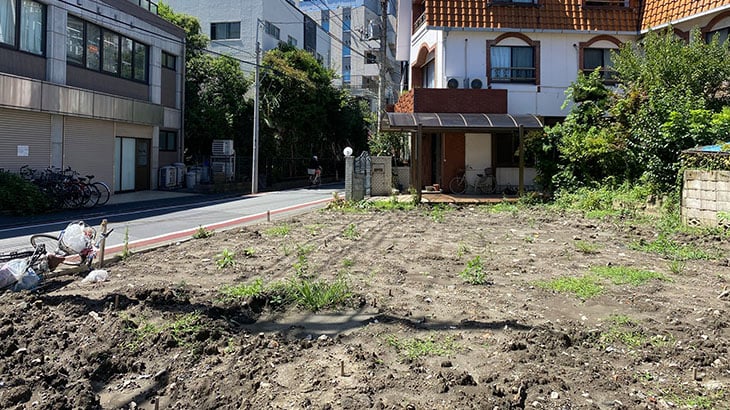
Market Information2022.7.12
What is the most updated land value in Tokyo and the changes in 5 years ?
In Japan, property prices are decided by both land and buildings value. Although there is a tendency that the […]

Property Knowledge2022.7.4
NEW OR OLD? Which one is better for property investment in Japan?
Is it better to invest in a new construction property or a second-hand one?What are the factors affecting the […]

Property Knowledge2022.4.28
What are the costs incurred when buying a property in Japan?
Before deciding to purchase a property in Japan, it is important to have a basic understanding on the required […]
Subscribe for Latest Property News
Don’t miss out! Subscribe now to stay tuned to the latest trends, news, and listings in Japan’s real estate market.



